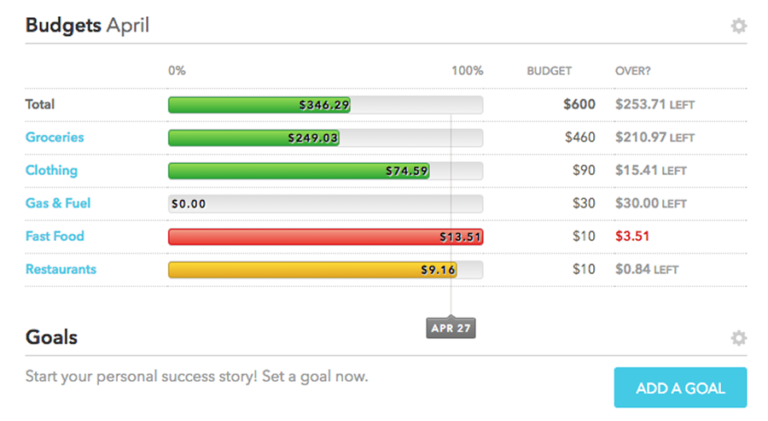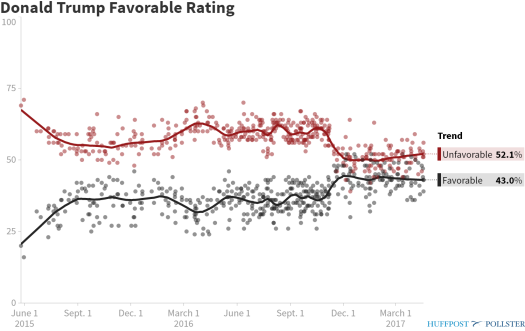My amazing girlfriend is really, really good at planning dates. Actually, I think what she is good at is finding events and turning those events into dates. When I think about that way, it’s pretty brilliant to turn that to your own dating advantage. For one my New Years Resolutions, I pledged that I would flip the script and take her out on a date every month – one that I research and plan, and show her the fun underbelly of DC.
One month in and it’s already a struggle. DC, as I have learned, it not romantic and not always “fun”. Finding events that lend themselves easily to dates is a lot more trying than I expected. Rather, what I discovered was this is a nerdy city who loves a good poetry reading or museum exhibit. Or, you can have a lot of fun if you have a lot of money. A poetry reading isn’t our jam, money is always tight, I don’t drink, and we hate driving. With those barriers in mind, it takes me nearly a month to even think of a good idea. But, firmly committed to my resolution and desperately wanting to show My Girl how much she means to me, I’ve set out to plan 12 dates she’ll never forget.
For January, I saw the Renwick had an exhibit by Francis Glessner Lee – a woman who built dollhouse replicas of murders and then used those replicas to train police to have a more forensic eye. My girl has a great eye for detail and an interest in murders, so it seemed to be a natural fit. On Friday night we watched a documentary of Lee’s life and the use of the “nutshells”, and Saturday we headed down to the Renwick – only be to overrun and trampled by Women’s Protesters. My Girl hated the giant crowd that prevented us from getting a good look at the miniatures. I’d wager a good 2/3rd of the people in attendance hadn’t understood the assignment and either thought these were just murder dollhouses with no other point, or believe if they stood in front of each display long enough they could solve them. Hint – the point is to train your brain to look for clues that aren’t obvious. Without a trained eye and brain you’re not likely to solve the puzzle. I think the highlight of the date was when we left and got Taylor Sandwiches (because the great New York style Jewish Deli was closed that I had suggested). Date one of twelve was not a huge success.
February, I took some lessons learned and determined a controlled environment was important. February felt very expensive for both of us, so I was also looking for a fun date idea that wouldn’t cost a lot of money. My Girl loves her some candles – her house is filled with them. I have determined to secretly always have a renters insurance policy because one day she might just burn us out of house and home. So I got on CandleScience.com and learned all I need to learn which took maybe 20 minutes. Then, together, we picked out the various candle scents we wanted which was just earth tones on earth tones.
When our shipment arrived we opened each scent to determine if we liked them – and we did! We choose one, and we selected a glass jar from the various shapes and sizes I had been collecting. Our candle came out perfect! And since that one fateful candle, 9 1/2 pounds of wax and $80 dollars worth of supplies have sat in the living room untouched. At least 5 times I have suggested doing more candles and have been turned down for the worst of reasons. Mostly she claims she wants to do it “perfectly” – which apparently just means rather not do it at all. She mentioned making some candles for friends and family so it’s possible this returns again at some point – but not likely. I would this date a 4 out of 10, with high marks for the idea but somehow a swing and a miss on execution, but at least better than January. I’ve noted that “crafty” ideas should be ruled out entirely going forward.
March was just difficult because our schedules were crazy. We did two bike rides in March per My Girl’s recommendation and both went great. So for my date idea, I planned to take her to go see some bike races in an indoor parking garage! The only problem with this idea was My Girl already put it on her schedule because she knew some folks racing and attending. I guess that means I know her pretty well.
The races were decent but hard to see a lot of racing happening. It was also pretty cold down there given this unspring weather. There was some cheap beer but no food. My Girl saw some people she knew, but mostly she just talked smack about her competitors. We stayed about 90 minutes and left. Then we had a long, intense talk about the future of our relationship that lasted just as long as our date did. I’d rate the idea as an 8 out of 10, the actual event a 3 out of 10, minus some points for the heavy conversation which is all either of us will remember about this date, and overall this comes in at a 2 out of 10 bust. Lessons learned here are that 1) I should avoid taking her someplace where she’s too familiar and 2) our relationship needs some internal work before fun right now.
As it is now April, I need to find an event that is 1) structured, 2) something new for her, 3) not very many people, and 4) on a flexible timeline. Wish me luck.










